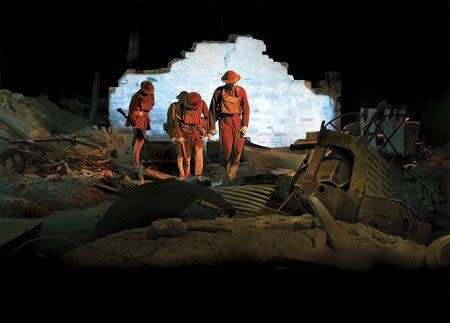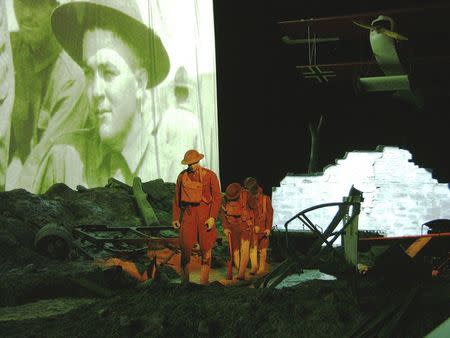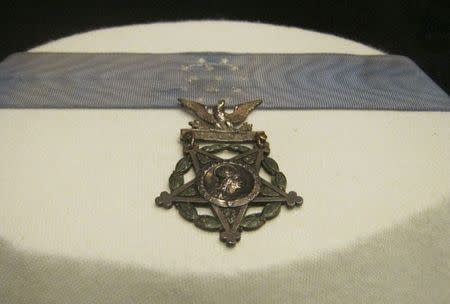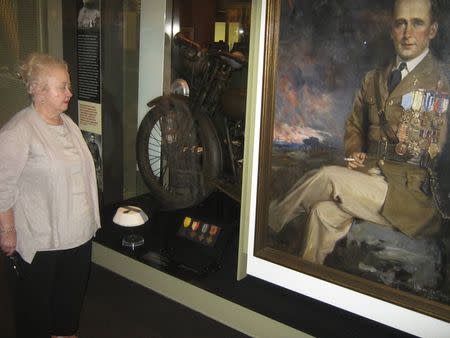100 years on, World War One resonates at Kansas City museum
By Kevin Murphy KANSAS CITY Mo. (Reuters) - As far as Joan Barkley Wells is concerned, there isn't much reason for calling World War One a forgotten war. Her late father, World War One veteran John Lewis Barkley, received the Medal of Honor - America's highest military award - for valor. It is on display along with his portrait at the National World War I Museum in Kansas City. Congress selected Kansas City in 2004 as the venue for the official national museum for the war on a site already occupied by the 217-foot tall (66 meters) Liberty Memorial war monument, completed in 1926 on a bluff above the city skyline. The 100th anniversary this summer of the start of the war is bringing more attention to the museum and the war itself, which Wells feels is overshadowed by World War Two despite the earlier war's lasting significance. "They are still arguing in some countries about the same things they were arguing about 100 years ago," said Wells, who is 75. Some empires crumbled, others rose and boundaries were reshaped in the Middle East and the Balkans by the war that ensnared 36 countries, setting up a century of territorial conflicts and establishing the United States as a global power. The war gave independence to Poland and several Russian territories. It left a defeated Germany humiliated, sowing the seeds for the rise of the Nazis that fueled World War Two. "We live with the impact of 'The Great War' every day," said Matthew Naylor, president and chief executive of the museum. "There are political issues that are front and center of our experience right now, particularly in the Middle East." The war was declared on July 28, 1914, when Austria-Hungary declared war on Serbia. The United States entered officially in April 1917, declaring war on Germany. Nine million soldiers died, including 116,000 Americans. Millions more civilians also died. Barkley, a Missouri farmer and sharpshooter, received the Medal of Honor for single-handedly stopping a German attack on a crippled tank in France using a captured German machine gun. "I fired my last round of ammunition from the machine gun but kept my automatic pistol for hand to hand fighting (and) plunged out of the tank with a sudden dash," Barkley wrote in a letter home displayed at the museum. "I had three bullet marks on my clothes and a burnt legging string." Barkley returned to Missouri to farm and in 1930 wrote a memoir about his experiences entitled "No Hard Feelings," republished in 2012 as "Scarlet Fields." The museum tells stories of heroism, heartbreak and the brutal reality of trench warfare in Europe using one of the world's largest collection of artifacts. Wells and her generation may have the closest personal connection to the war because their fathers participated, but about half of the visitors are aged 25 to 45, Naylor said. More than 150,000 people visited the museum last year and attendance is up 37 percent since June 2013 as the war's centenary approaches. Ted Iliff, a museum tour guide, said he felt compelled to volunteer because one of his grandfathers fought for Germany and the other for the United States during the war. Iliff said he was very young when his American grandfather died but his German grandfather, who lived through two world wars, had some advice for the younger generation. "He said, 'Do whatever you can to never let that happen again,'" Iliff said. (Reporting by Kevin Murphy in Kansas City; Editing by David Bailey, Jill Serjeant and Will Dunham)




